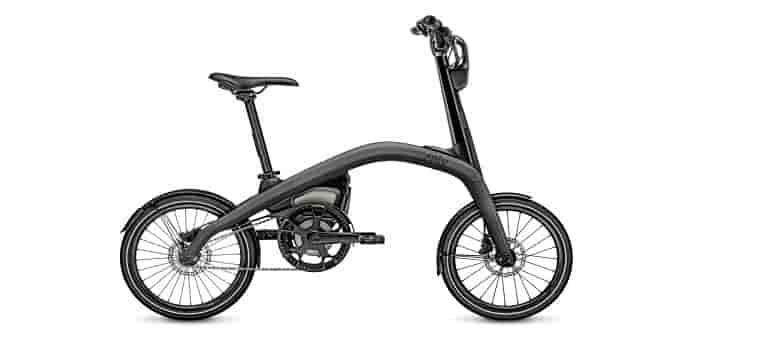
ReasearchAndMarkets in its new report forecasts the global
e-bike market to reach USD 38.6 billion by 2025, at a CAGR of 9.01%. Many
countries across the globe are facing the problem of traffic congestion,
especially in crowded cities. The population of vehicles is increasing day by
day, rendering the existing road infrastructure insufficient. Traffic
congestion affects each individual’s personal and professional lives. As a
result, governments and civic bodies are taking steps to reduce traffic
congestion.
Many cities across the world are now actively promoting the use of electric
bicycles as a mode of transportation in cities. Electric bicycles take up the
same amount of space as a normal or traditional bicycle. The use of e-bikes can
reduce the number of cars on the road and result in fewer traffic jams.
Increasing urbanization is one of the key drivers for the e-bike market. Urban
population throughout the world is increasing rapidly. According to a UN
report, 66% of the world population would reside in urban areas by 2050.
Hyper-urbanization in some countries is hampering city traffic by increasing
traffic congestion, delays in movement, parking issues, and high travel
cost.
“Class-III segment is estimated to be the fastest growing segment during
the forecast period”
The class-III e-bike segment is estimated to be the fastest growing segment of
the global e-bike market. Class-III e-bikes, which are also known as speed
pedal-assisted electric bicycle, provide assistance only when the rider is
pedaling and stop providing assistance when the bicycle reaches 28 mph. These
e-bikes are allowed on roads, adjacent bike lanes, or private property due to
their higher speed than the other two classes, i.e. class-I and class-II. These
e-bikes are expected to help replace cars in many cities. Hence, class-III
e-bike segment is expected to be the fastest growing market during the forecast
period.
The research firm in its report says that Class-I e-bikes are anticipated to
hold the largest share of the e-bike market. Class-I e-bikes provide assistance
only when the rider is pedaling and stop providing assistance when the bicycle
reaches 20 mph. This type of e-bike can operate on any paved surface. Also,
class-I e-bikes are compatible with e-bike laws of most of the countries. Thus,
class-I e-bikes are expected to witness incremental growth during the forecast
period.
The Asia Pacific region is estimated to be the largest e-bike market in 2018
and is expected to maintain its leading position during the forecast period
said ReasearchAndMarkets in its report. The region comprises some of the fastest
developing economies of the world such as China and India. China, which is the
largest market in the Asia Pacific, holds about 98% market share of the region.
China’s e-bikes have gained popularity in the European market due to their good
quality and technological edge. Most of the Asian economies have recognized the
growth potential of e-bikes and, hence, are taking several initiatives to
attract major OEMs to manufacture e-bikes in their domestic markets. For
instance, the Government of India announced financial support and a scheme
called Faster Adoption and Manufacturing of Hybrid and Electric Vehicles
(FAME).
The research firm notes that government promotions and schemes have led to an increase in sales of electric two-wheelers over the years.
For More information click here
If you really appreciate our work and love our cherry picked stories
Follow us on Twitter , Like Us onFacebook and Subscribe ourYouTube Channel.

